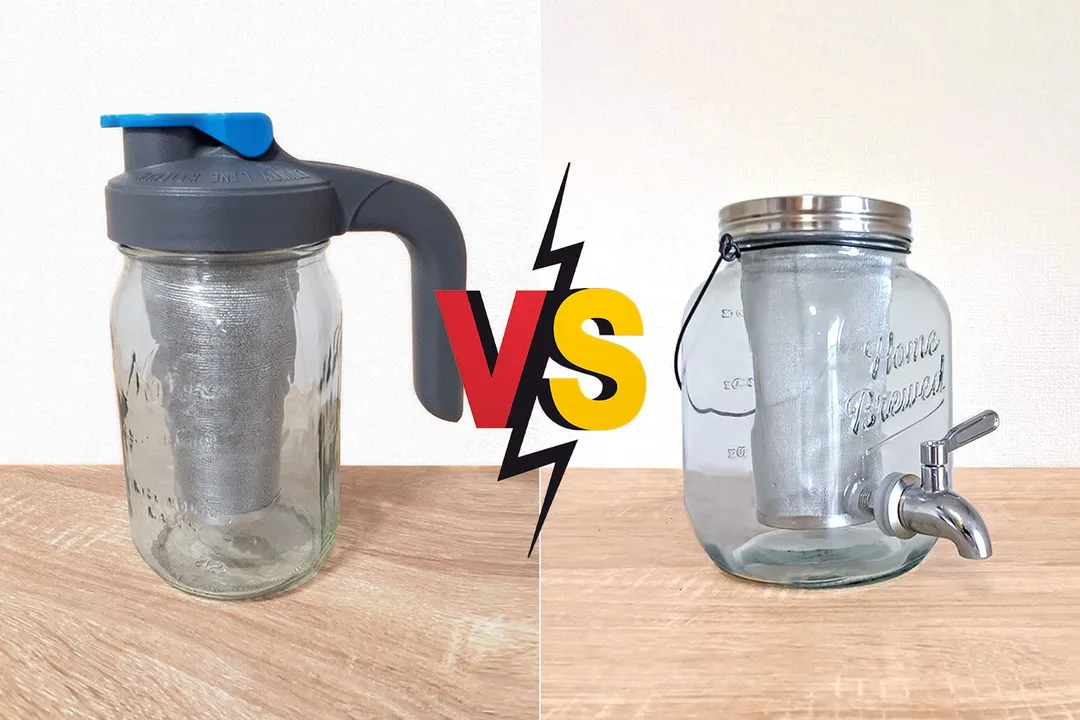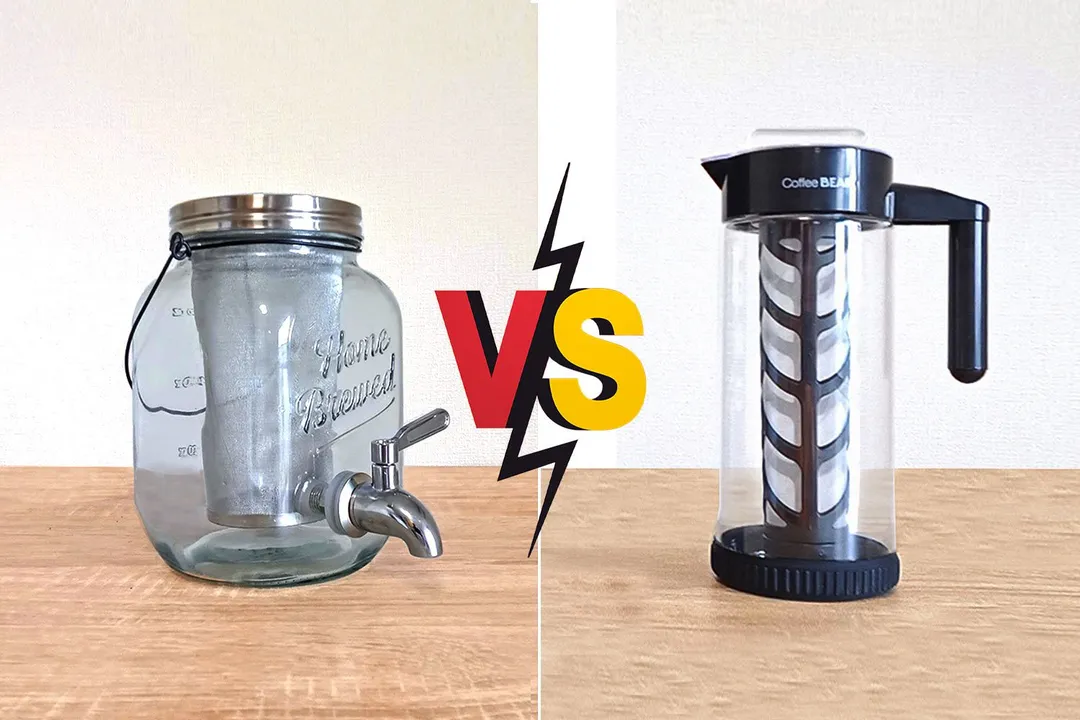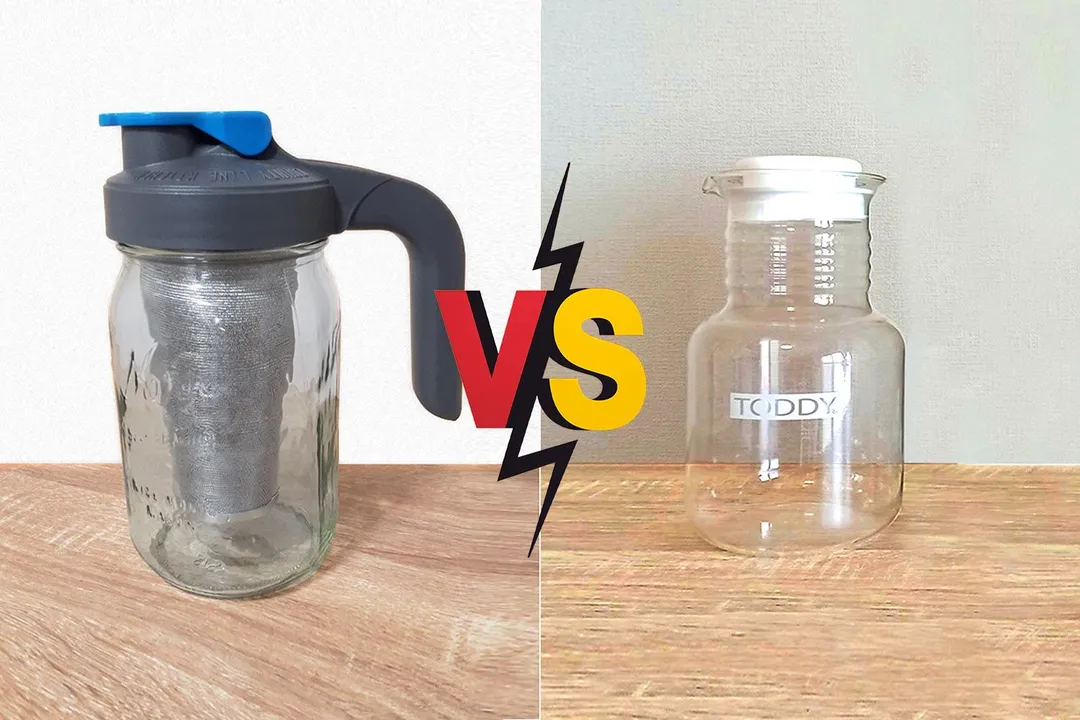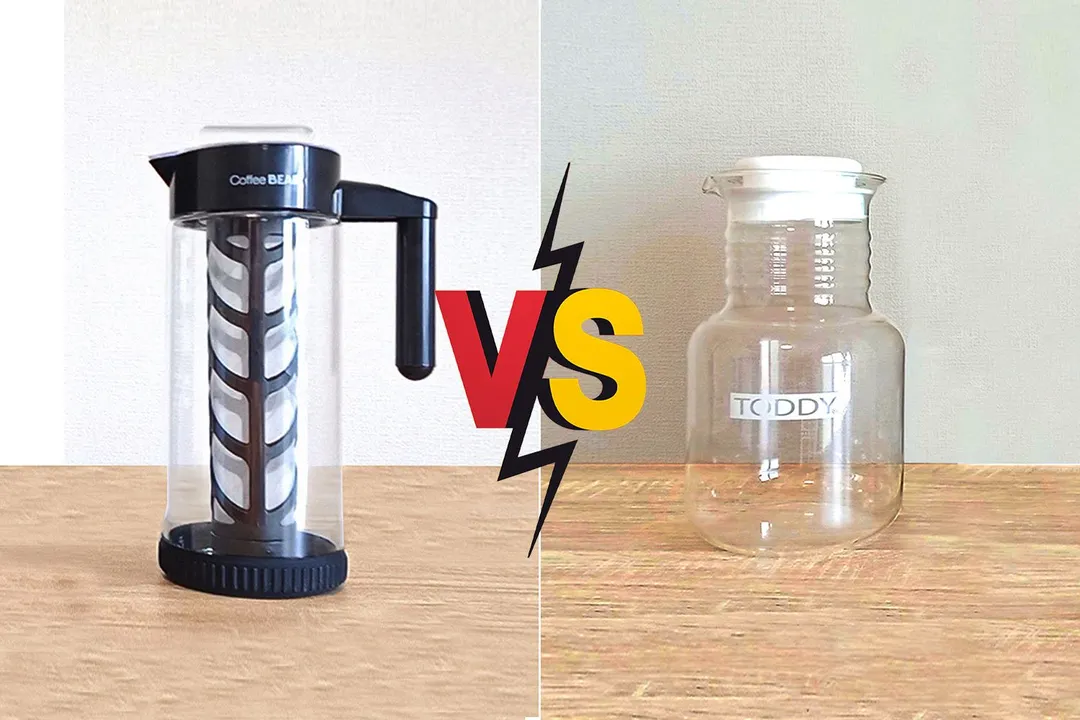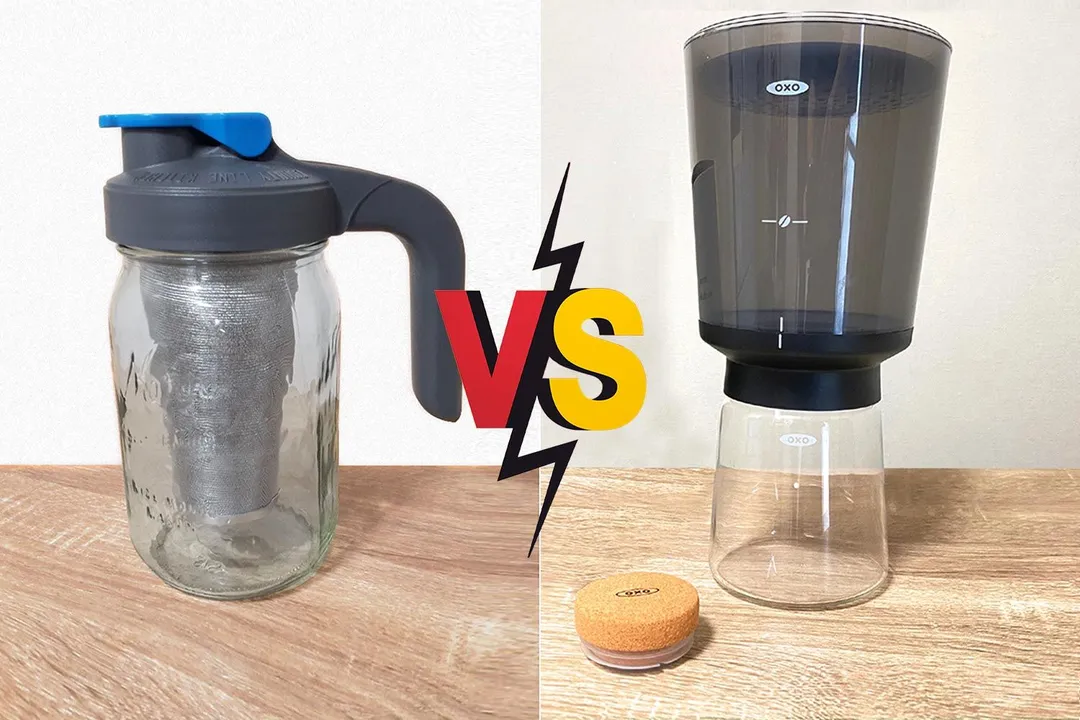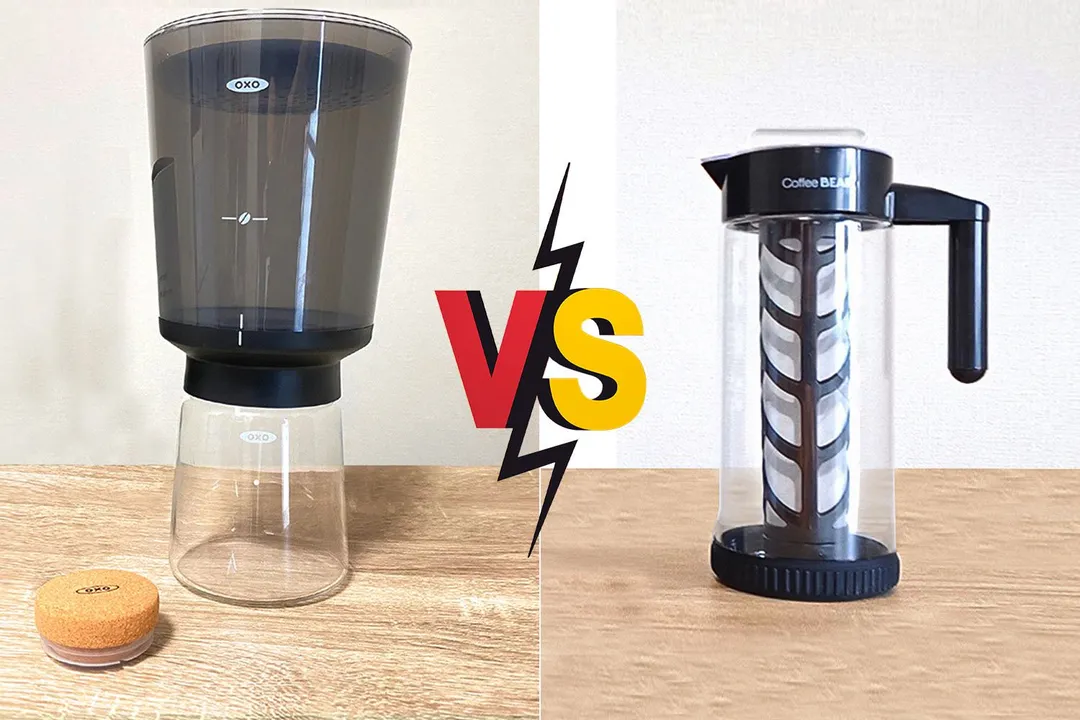Our recommendations are made independently through Research & Testing. We may receive commissions from purchases made via our links.
County Line Kitchen vs Coffee Bear Side-by-Side Comparison
County Line Kitchen cold brew coffee maker vs Coffee Bear. The all-round practical design of a mason jar versus a below-average competitor.
County Line Kitchen
Tested Using Methodology v1.0Coffee Bear
Tested Using Methodology v1.0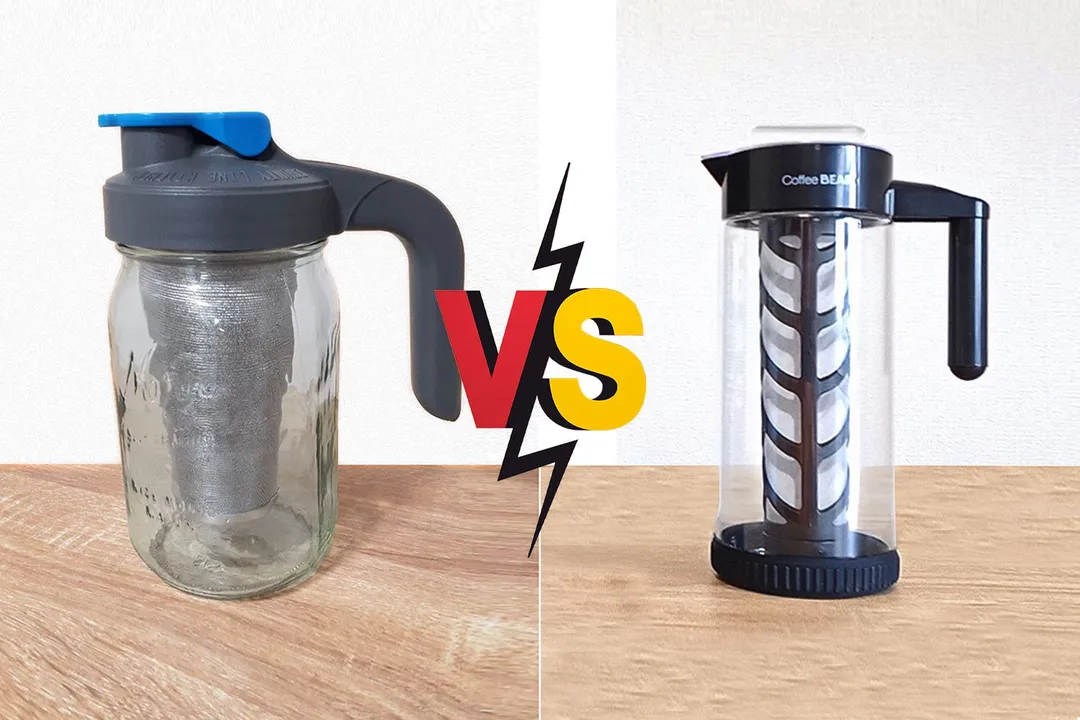
Overall Verdict
The County Line Kitchen and Coffee Bear cold brew coffee makers can easily fit in your refrigerator door. They are, however, quite different in their design and the quality of the brew they produce.
The County Line Kitchen is by far the better brewer. It uses a brew ratio of 1:9 and the quality and strength of the brew are comparatively good. The brew (ratio 1:13) produced by the Coffee Bear tends to be a little below average. This difference is also due to the County Line Kitchen’s better-designed filter.
The Coffee Bear is a glass jug brewer with a plastic and nylon filter. It has a nicely designed twist-to-pour lid, but unlike the County Line Kitchen mason jar brewers, it cannot store on its side after brewing. The Country Line Kitchen is also all the more versatile because its stainless steel mesh filter can also be used for hot beverage brewing.
Pros & Cons
- Versatile product
- Minimal packaging
- Packed and shipped in the US
- Robust and durable
- Airtight silicone gasket
- Glass decanter
- Lid design
- Twist to pour
- Brew strength average
- Filter not so effective
- Silicone base not top quality
- Handle not so comfortable
- Appears to be a generic copy
Key Specs
Where to Buy
*You help support HealthyKitchen101's product testing and reviews by purchasing from our retail partners.
Analysis and Test Results
Brew Quality
Bouquet
Drinkability
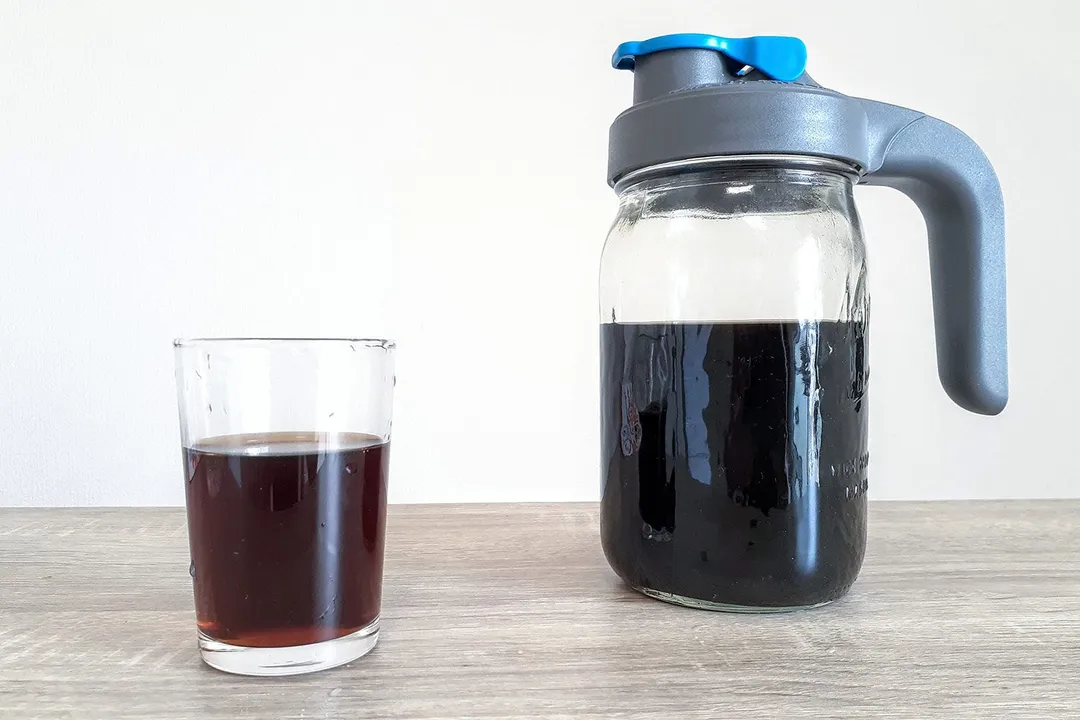

Sediment
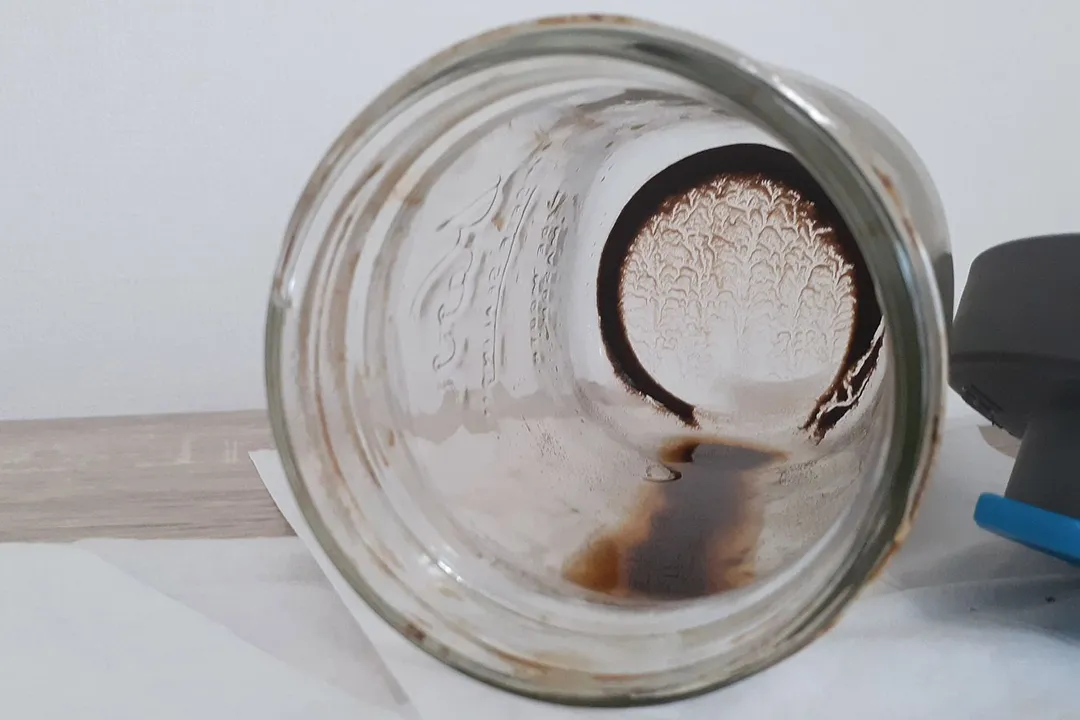
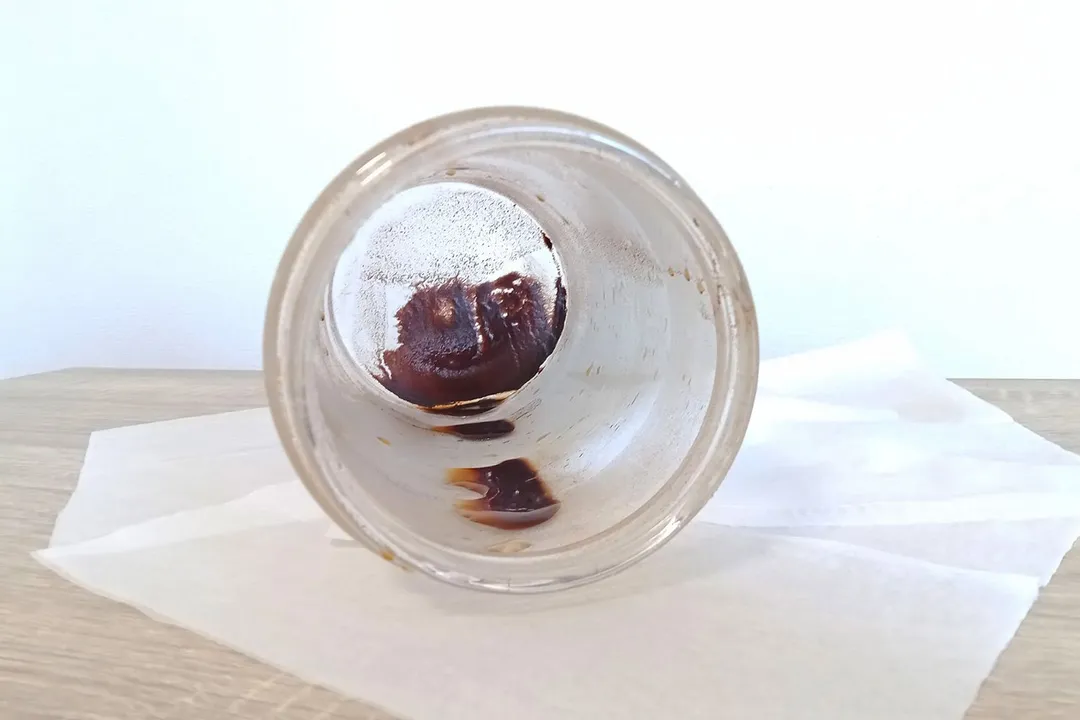
Design
In the Box

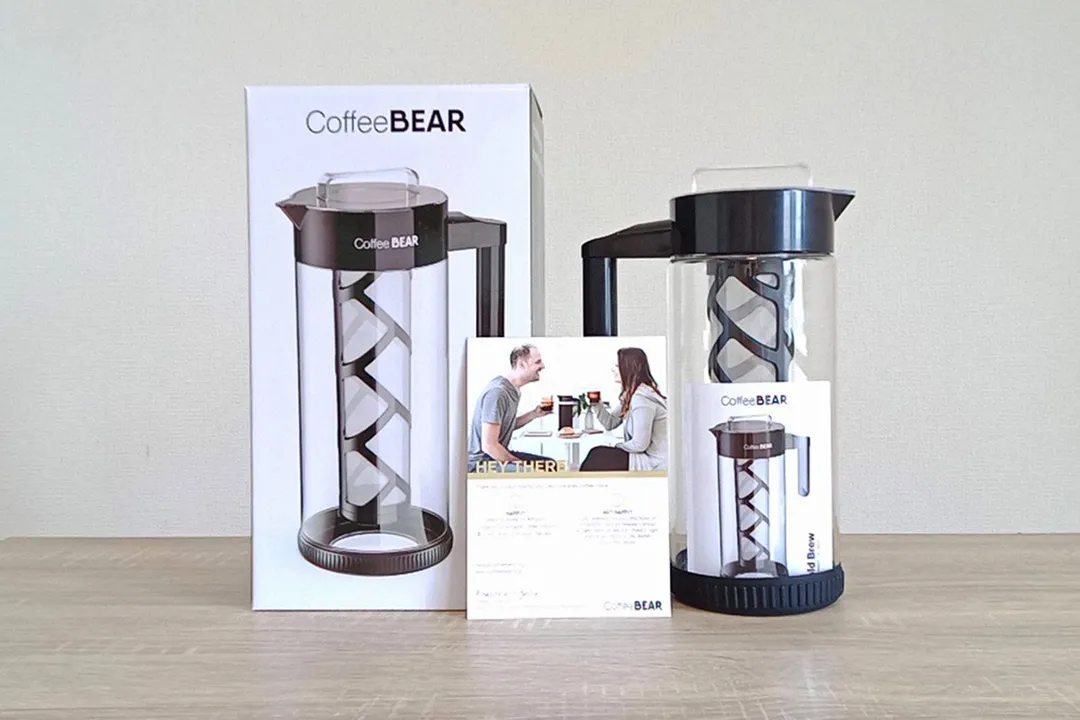
Decanter

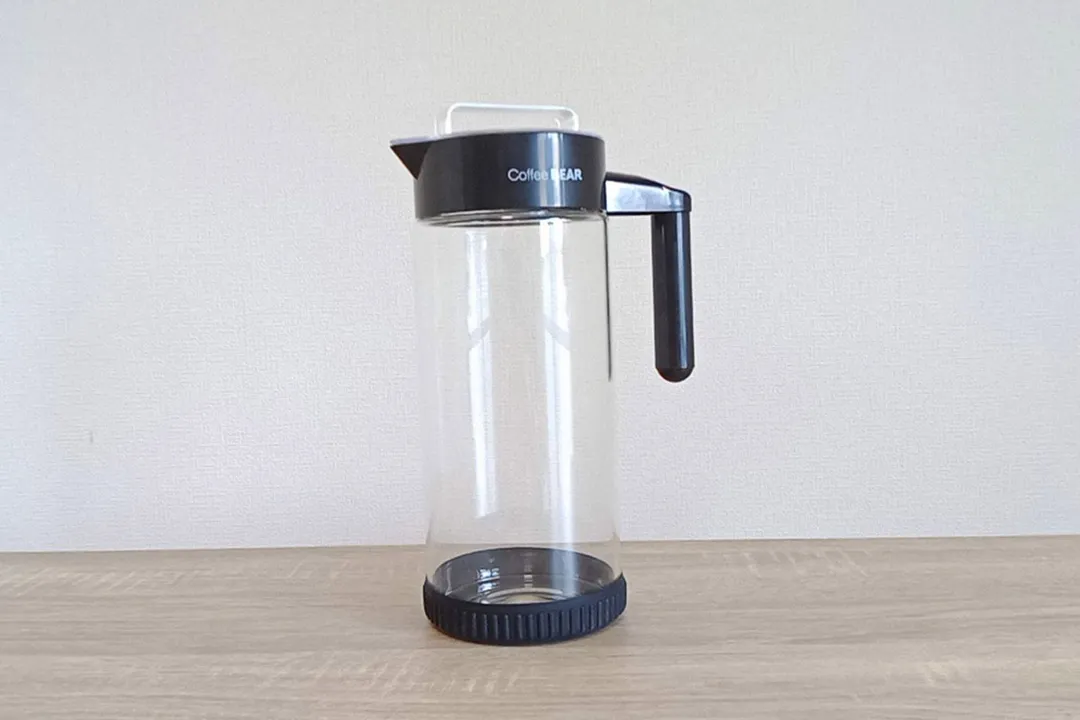
Stopper / Lid
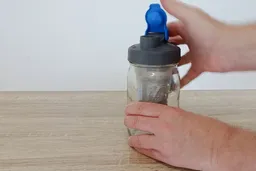
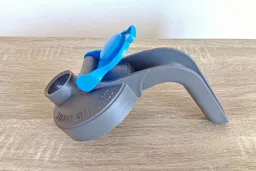

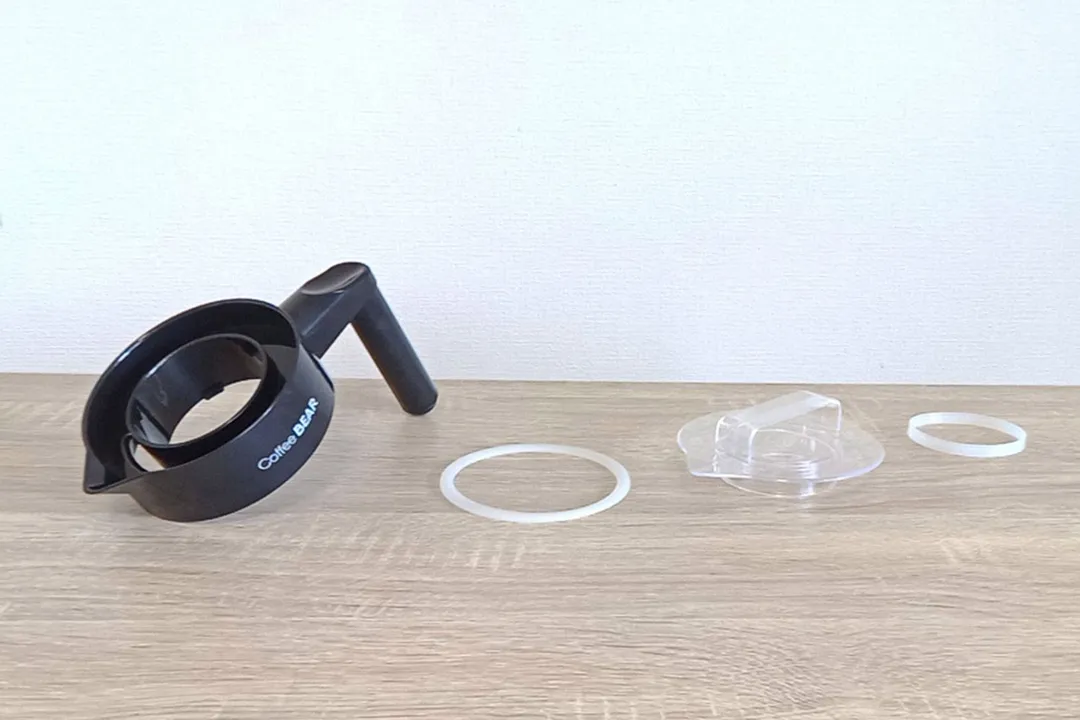
Filter
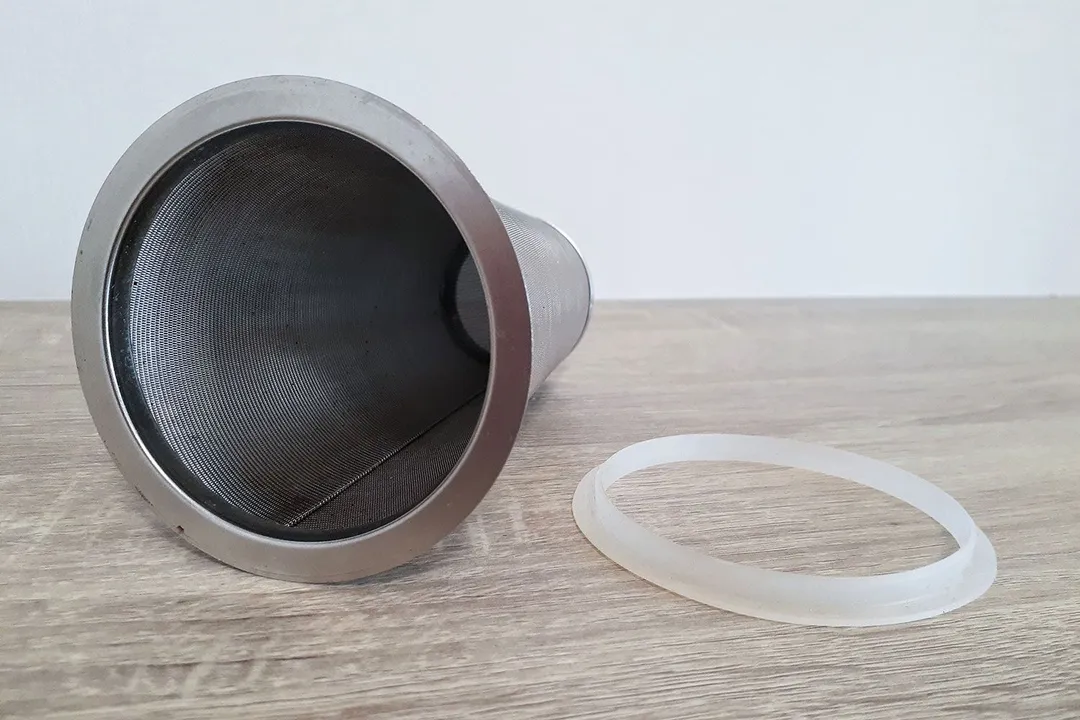
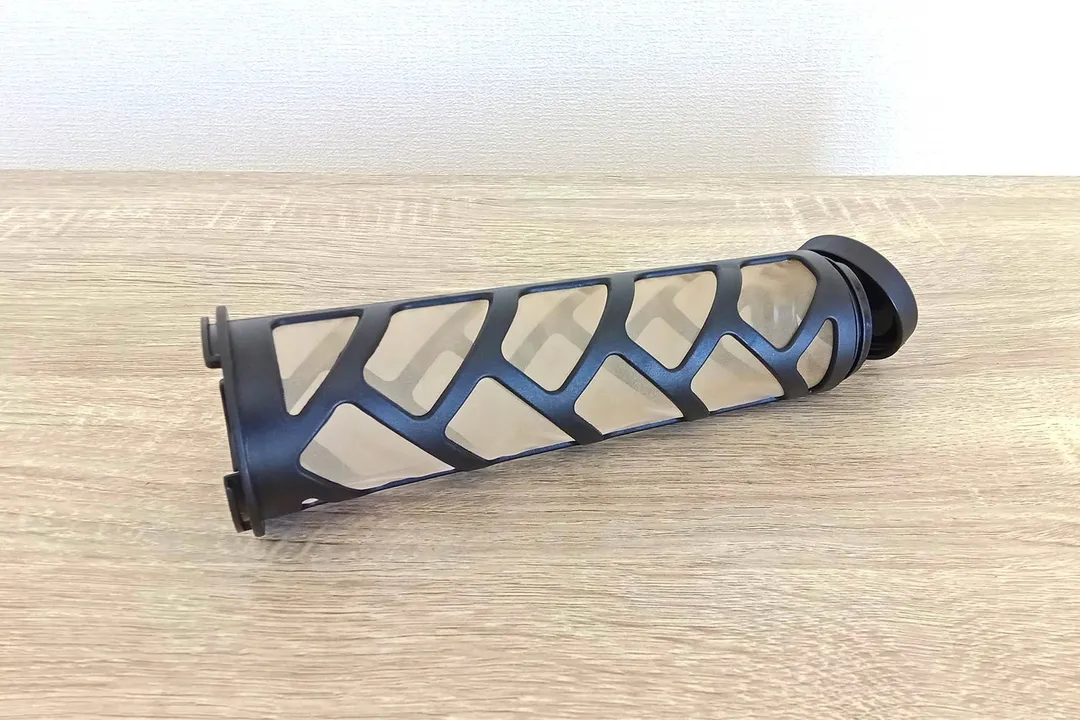
Build Quality
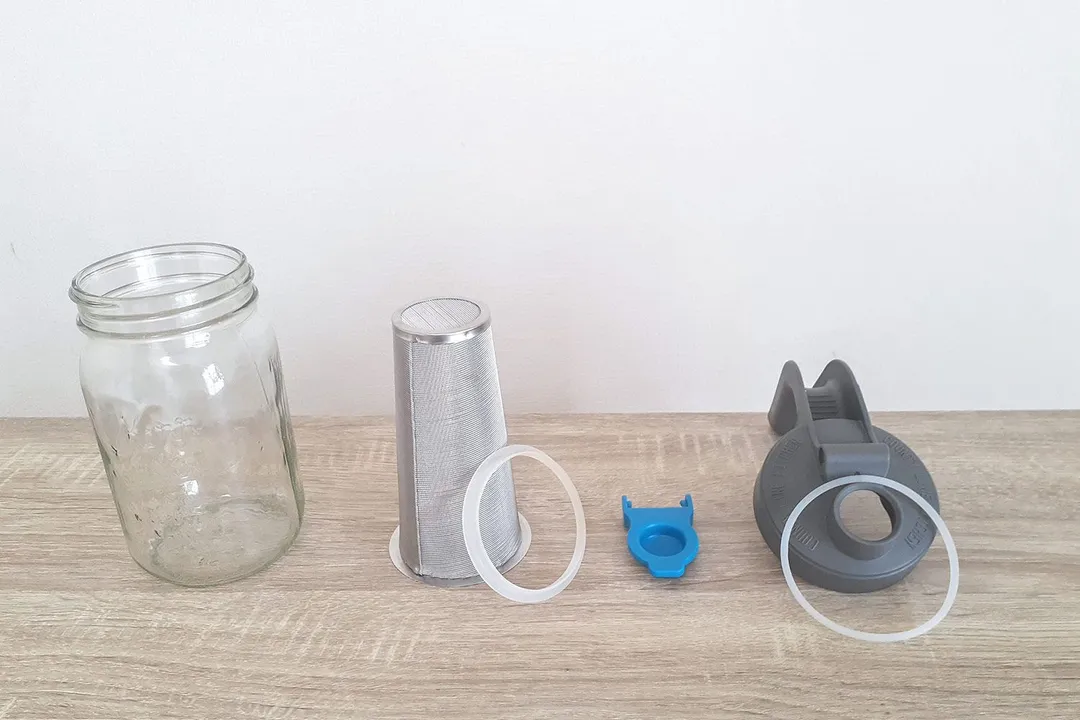

Usability
Brewing

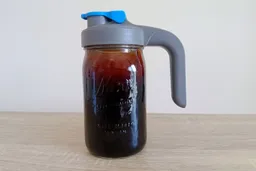
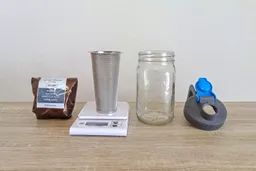
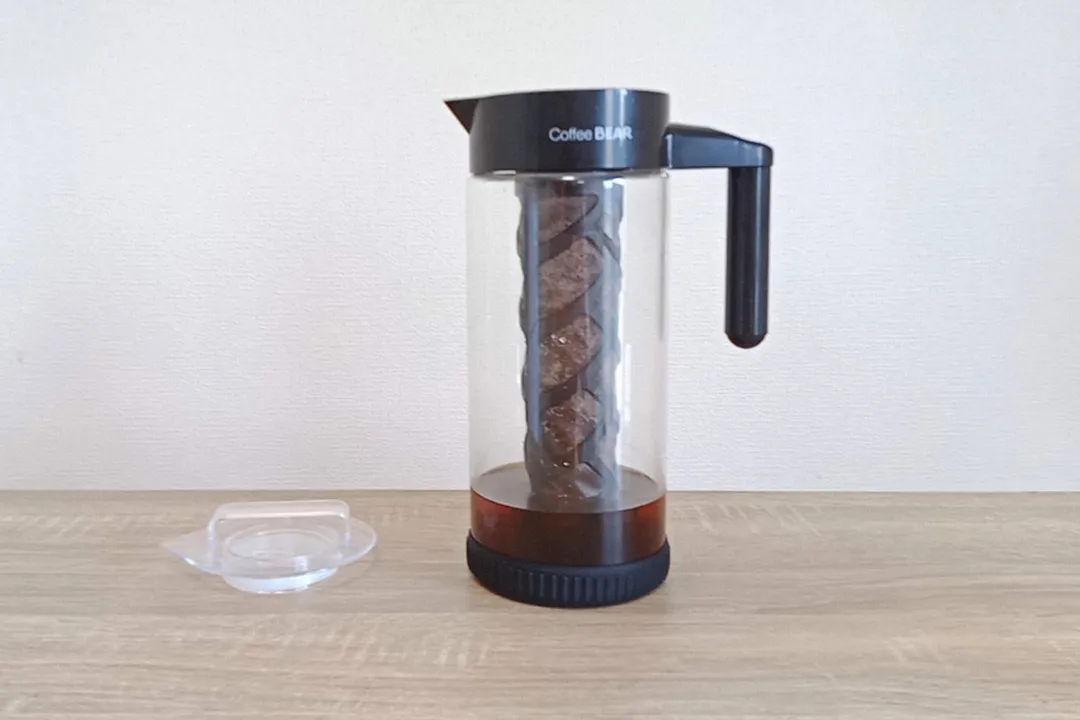
Decanting
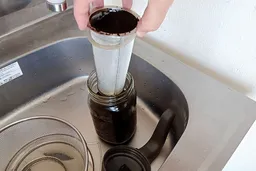
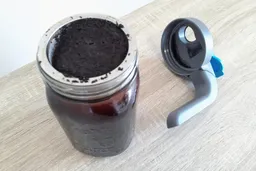
Cleaning and Storage
Behind the Comparison
Roger Shitaki is a writer, author, and editor. His niches are household appliances, health & wellness, and travel. He’s a freelance contributor to a Tokyo lifestyle website and a leading ophthalmology magazine in Asia.

